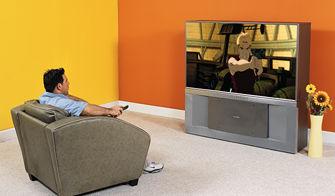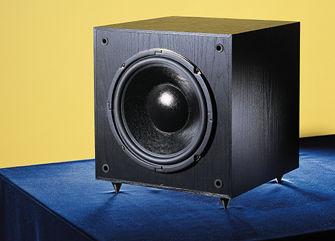LATEST ADDITIONS
|
Apr 08, 2001
|
Apr 08, 2001
|
Apr 01, 2001
|
Apr 01, 2001
|
Mar 31, 2001 |
First Published: Apr 01, 2001
|
Mar 31, 2001 |
First Published: Apr 01, 2001
|
Mar 31, 2001 |
First Published: Apr 01, 2001







